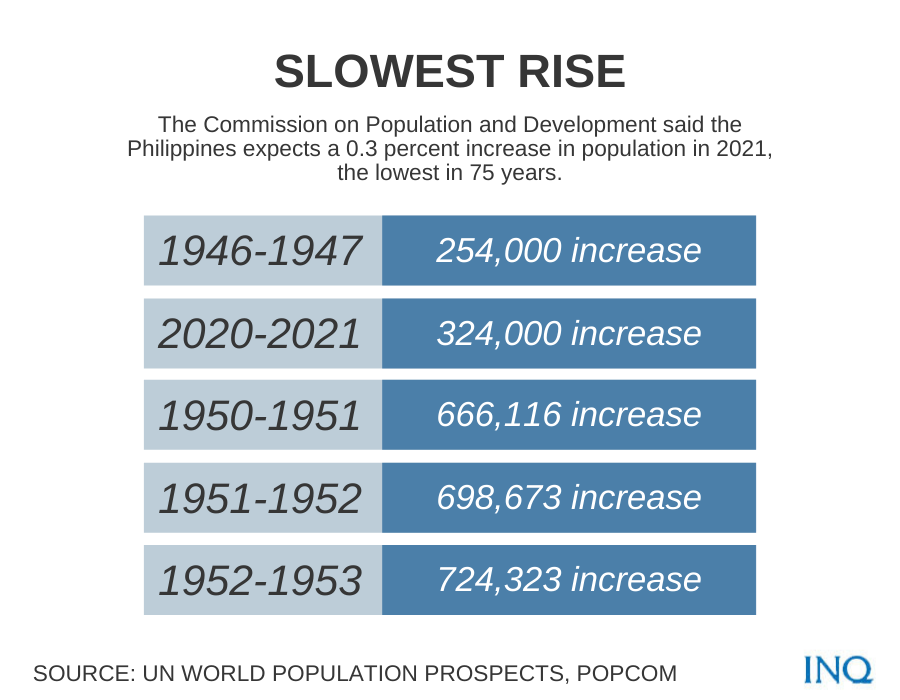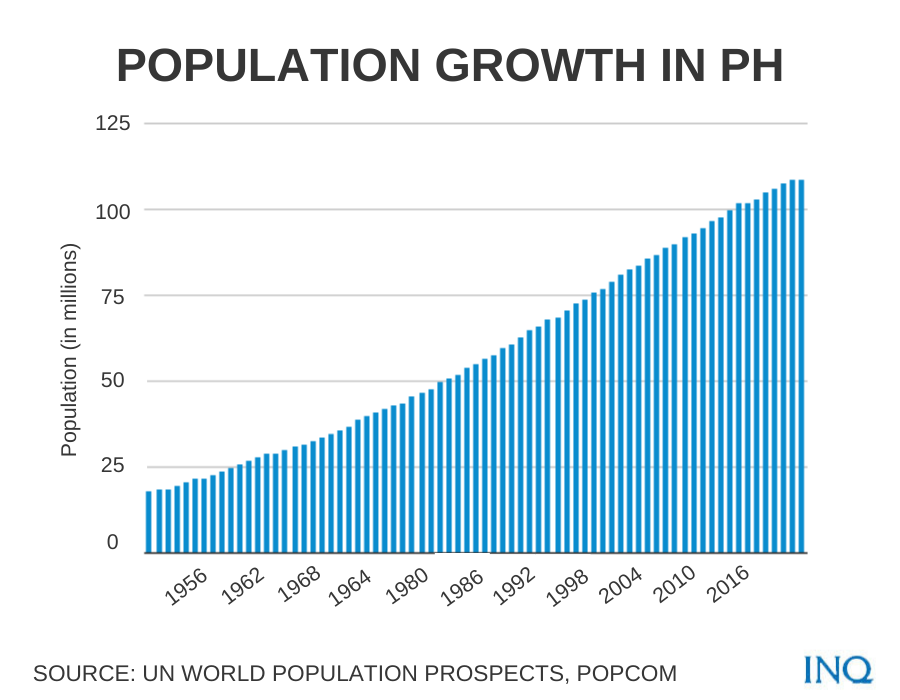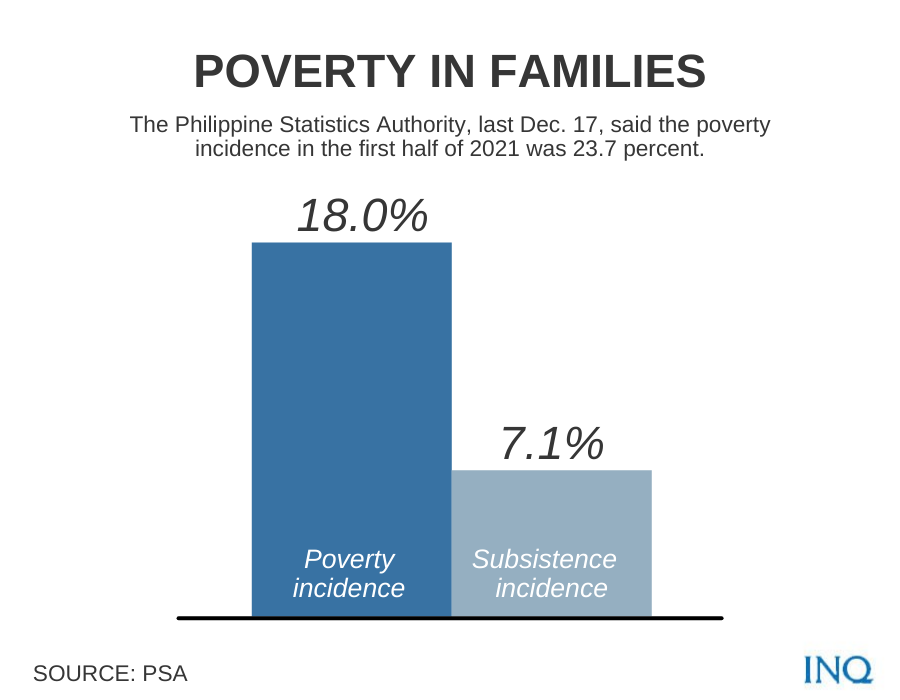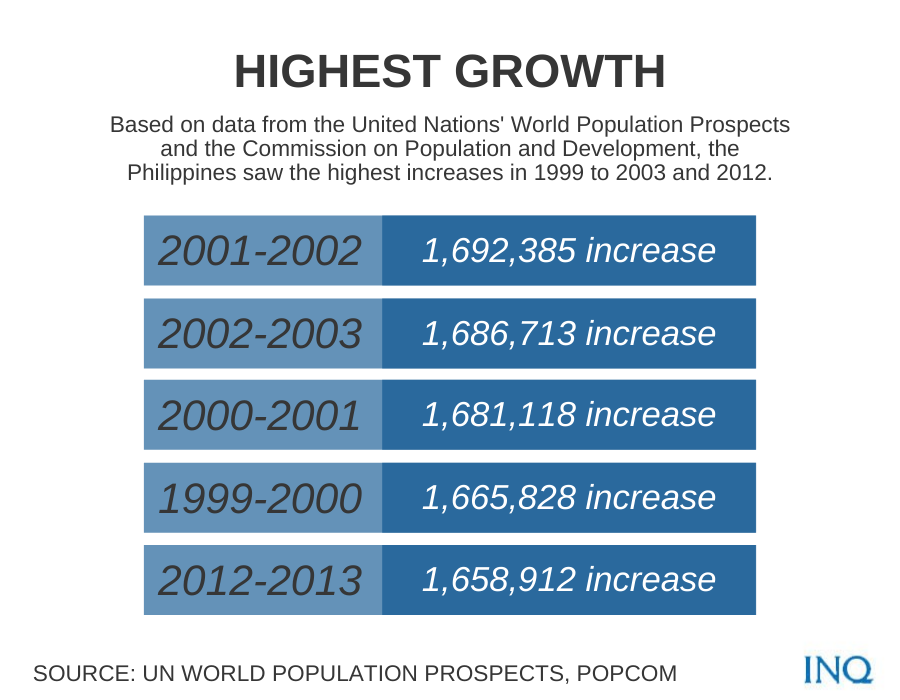Low population rise: COVID, poverty keep couples from having more kids
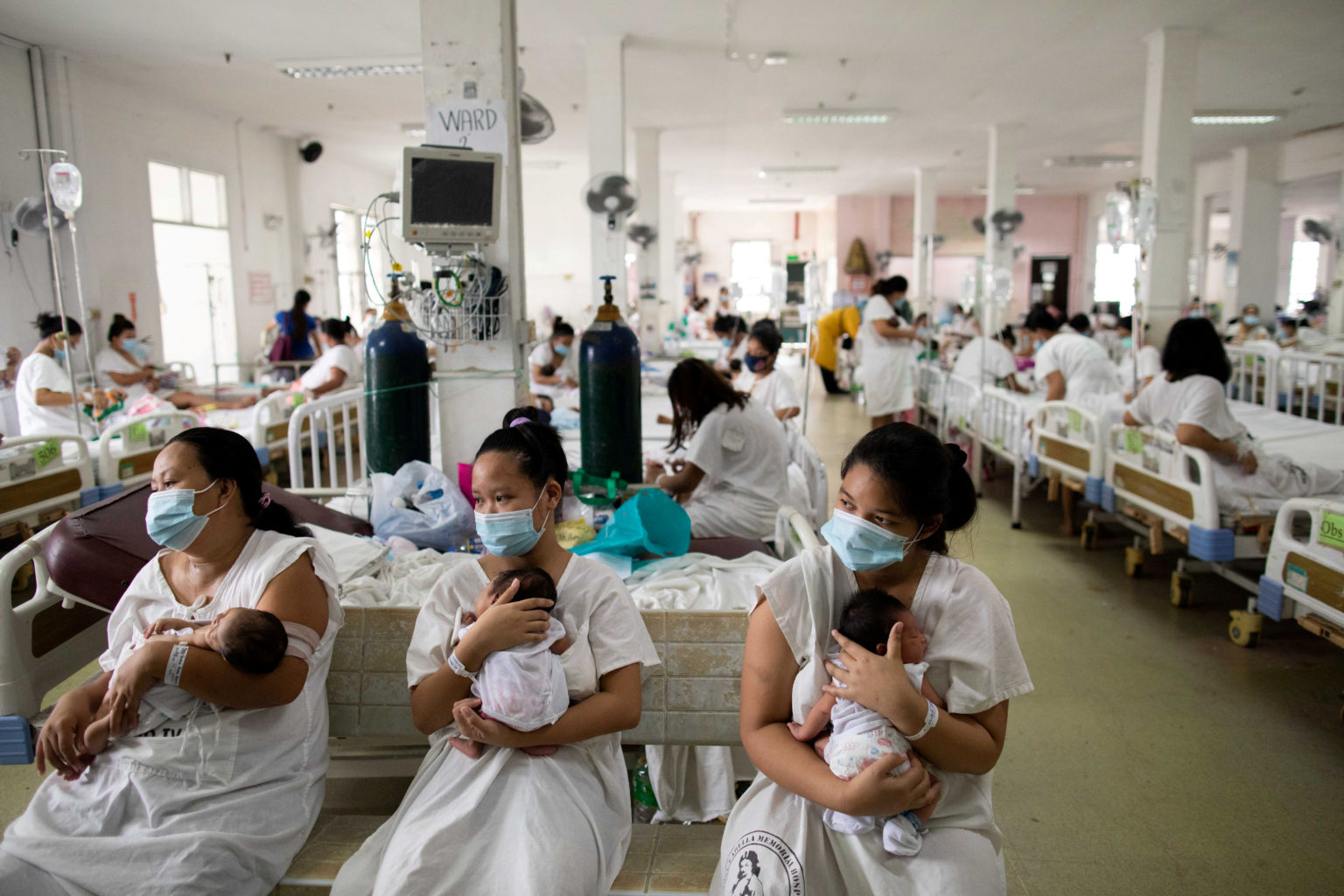
FILE PHOTO. Mothers carrying their newborn babies queue for a check-up inside the maternity ward of the government-run Dr. Jose Fabella Memorial Hospital in Manila, amid the COVID-19 outbreak. REUTERS/Eloisa Lopez
MANILA, Philippines—With COVID-19 and its dire economic impact, the Philippines, which had its worst recession last year, is expecting a 0.3 percent increase in population–the lowest in 75 years.
The Commission on Population and Development (Popcom) said this was because Filipinos remained “prudent” by continuing to delay having children or building a family in the face of an uncertain future because of the continuing health crisis in the country.
Last Dec. 28, the Popcom said the Philippines is expected to have only a 324,000 increase in population by the end of the year. This would bring the Philippine population in 2021 to 109,991,095, a 0.3 percent increase from the 109,667,216 in 2020.
READ: Growing, growing, growing! PH population surges to 109 million
Gretchen Espedillon, who lives in Pasig City, said PopCom’s assessment reflects reality as Filipinos, especially the poor who were hit by the crises, are convinced that having a child now is not really ideal.
Article continues after this advertisement“I already have a child. He’s already seven, however, my husband and I decided to delay having a second one because life is really hard now, especially for us who find it hard to make both ends meet,” she told INQUIRER.net.
Article continues after this advertisementEspedillon explained that the income of her husband, who works as a driver, is only enough for daily living expenses, especially for the needs of their son who is already in primary school.
The Philippine Statistics Authority (PSA) said on Dec. 17 that in the first half of 2021, the poverty incidence was 23.7 percent—26.14 million Filipinos who lived below the average poverty threshold of P12,082. This was nearly one-third of the population.
Ibon Foundation previously said a family of five in Metro Manila needs P1,065 daily or P25,091 monthly “to live decently”. The present minimum wage in the region is P537 daily, the National Wage and Productivity Commission said.
The PSA said the rate of individuals whose income is not enough to meet even the “basic food needs” was 9.9 percent–10.94 million Filipinos. The average food threshold was P8,393.
Within families, the poverty incidence–the poor with income that is not enough to meet basic food and non-food needs–was 18.0 percent or 4.74 million families. The subsistence incidence–the “food poor”–was 7.1 percent or 1.87 million families.
Lowest in 75 years
The “natural increase” in population in 2020, which refers to expectations based on the number of births less than deaths, was 0.79 percent. The growth rate in 2016 was 1.68 percent while in 2019, it was 1.45 percent.
READ: PH population growth slows but still among highest in SE Asia
Popcom previously projected a 1,214,540 population increase in 2021 to bring the population to 110,881,756. The 2021 decline was last seen in 1946 and 1947–the immediate years since the end of World War II–when the population grew by only 254,000.
There was likewise a low rise in the years 1950 and 1951 (666,116); 1951 and 1952 (698,673); 1952 and 1953 (724,323). The highest rise was seen in the years 2001 and 2002 (1,692,385); 2002 and 2003 (1,686,713); 2000 and 2001 (1,681,118); 1999 and 2000 (1,665,828); 2012 and 2013 (1,658,912).
In 2020, the decline was also seen in Japan and the United States. The Japan Times said the yearly newborns fell to a record low of 843,321. In the United States, the USA Today said population was likely to increase by only 700,000 or 0.2 percent.
It said that based on estimates by Moody’s Analytics, it was the “slowest” since 1918, when the Spanish Flu and World War I “combined to shrink” the United States population.
Family planning
Dr. Juan Perez, executive director of Popcom, said couples “in growing numbers” continue to avail themselves of modern family planning services in all regions in the Philippines, with eight million employing family planning methods in 2020– 500,000 higher from 2019.
He said in July that 8,085,000 individuals accessed family planning services in 2020, marking an almost four percent rise in the Philippines.
In August, the Department of Health asked local governments to continue the provision of family planning as one of the vital and essential health services, especially in the midst of the COVID-19 crisis.
Health Secretary Francisco Duque III said while COVID-19 placed the world at a standstill, the Philippines “managed to make progress” in family planning. He said there should be continuous conversations and services.
Perez said in August that “protecting ourselves from COVID-19 is as equally important as shielding our families from the burden of unintended pregnancies that may hinder our nation in achieving secure and comfortable lives.”
READ: Rising PH population shows need to intensify dev’t programs, PopCom says
He explained that this will enable the Philippines to reach its full economic productivity potential and improve educational results.
Last Dec. 28, he said the last two years of low increases in population provided opportunities for attaining a more stable population that can support socioeconomic development at the national and household levels if integrated population and development interventions are sustained.
“If integrated population and development measures are sustained, we can look forward to a more stable population that can effectively support Philippine development,” Perez said.
“Smaller family sizes need to be supported by a national living wage structure that also allows parents to save for their households’ unmet needs in food, housing and education,” he added.
The Popcom projection for 2021 does not yet cover international migration.
TSB
For more news about the novel coronavirus click here.
What you need to know about Coronavirus.
For more information on COVID-19, call the DOH Hotline: (02) 86517800 local 1149/1150.
The Inquirer Foundation supports our healthcare frontliners and is still accepting cash donations to be deposited at Banco de Oro (BDO) current account #007960018860 or donate through PayMaya using this link.
